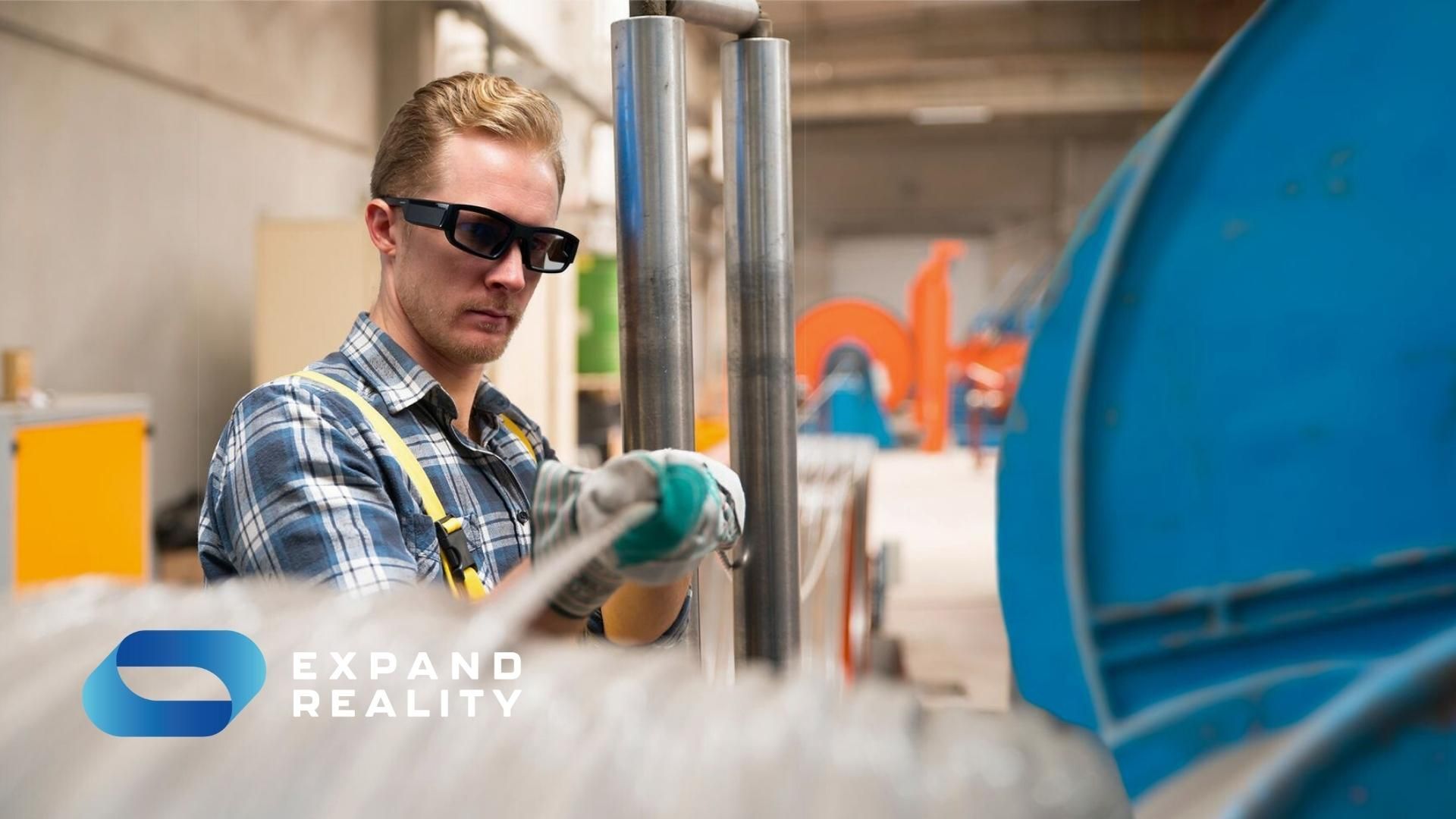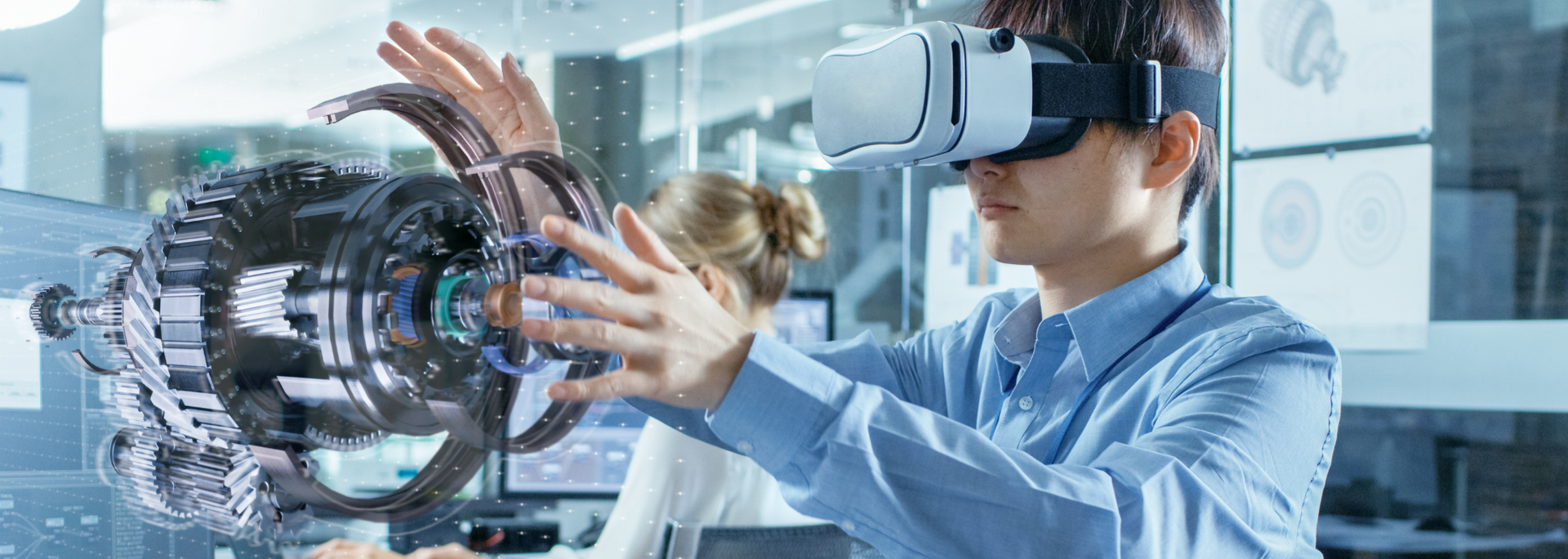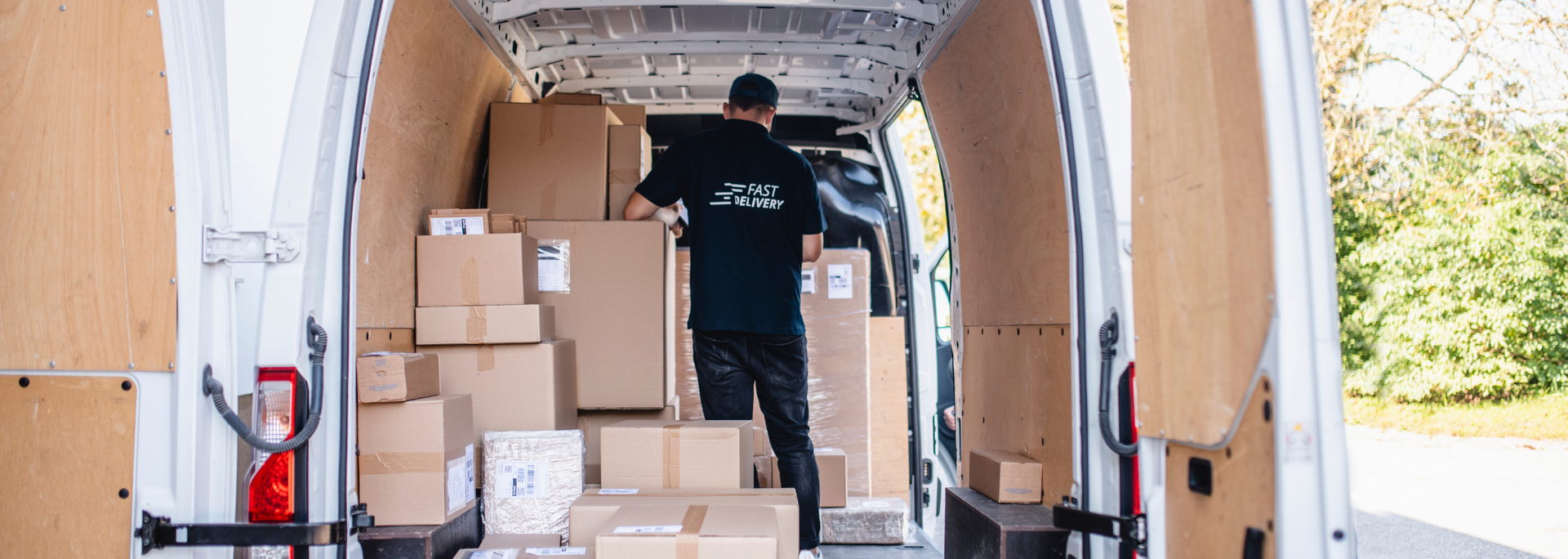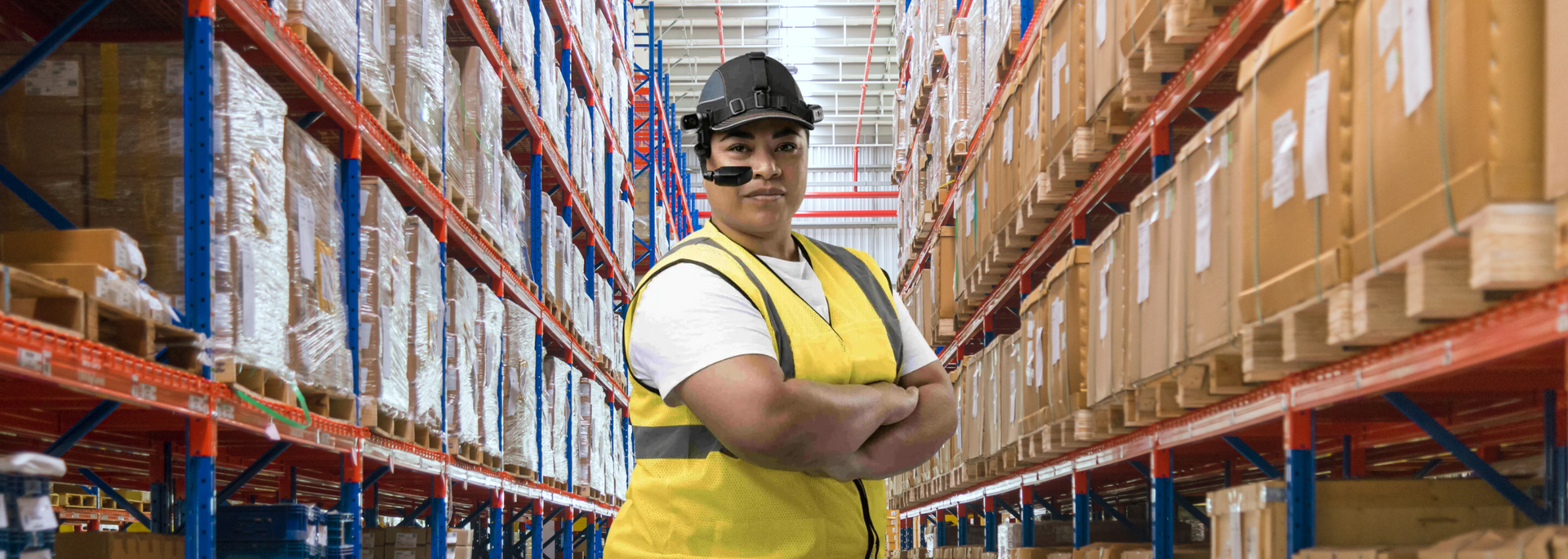hello@simplyvideo.io
XR and logistics: 3 ways extended reality is changing the industry
No longer confined to entertainment, XR is revolutionising modern industries. Discover 3 ways the technology is already enhancing shipping and logistics.

Virtual reality, augmented reality, extended reality: these belong to the gaming world, right?
Wrong. Companies of all sizes, sectors and nationalities are curious to know what kinds of opportunities lie within new technologies.
One that stands to benefit particularly well from the advancements in reality tech is the shipping and logistics industry. In a world of tight margins and complex supply chains – where customers want everything yesterday – companies are tapping into assisted reality tech to expedite order fulfilment, improve accuracy and generally make the whole operation run as fast and as cost-effectively as possible.
But before we go any further, here's a quick guide to the main types of extended reality (XR) tech.
What are the different types of XR technology?
- Virtual reality (VR)
is a fully simulated 3D environment that employs pose tracking and near-eye displays to give the impression of a physical space, one which the user can interact with via headsets and handheld controllers.
- Augmented reality (AR), on the other hand, superimposes computer-generated content onto the user's view of the real world. Most people recognise the visual side of things – think furniture retailers parking a digital sofa in your real living room – but augmented reality can also utilise touch, hearing and movement.
- Assisted reality (aR), in contrast to its reality-bending cousins, doesn't aim to trick the eye into seeing something that isn't there. Instead, it focuses on presenting mission-critical information in a way that allows users to maintain full situational awareness.
Extended Reality (XR) is the umbrella term encompassing these and all other forms of immersive reality tech.
How can XR transform shipping and logistics?
Augmented, assisted and virtual reality enhancements have the power to truly transform how the world manages shipping and logistics. The transformative power of XR is pretty limitless – but here are three of the most notable ways that it's enhancing the logistics industry.
1. Virtual testing and modelling
One of the most promising applications of VR in business is that it gives managers the freedom to experiment without sinking huge sums of money into designing – or redesigning – something. This has clear benefits in product design, but its potential spans the whole supply chain.
VR tech makes it possible to replicate physical environments, which a user can interact with in real time. The ability to create 3D environments gives enterprises insight like never before.

Entire supply chains can be modelled to identify points of failure, bottlenecks and inefficiencies. Simulations can be run to measure the impact of operational adjustments or even just changes in the weather to aid forecasting.
From a warehousing perspective, redesigning the internal layout or storage process is a near-impossible endeavour in large distribution – and would cost the business thousands by prolonging the fulfilment window.
Few leaders have such a risk appetite – but that could change if a restructure were designed virtually and the optimisation benefits accurately measured. Constructing a digital twin of the warehouse through the use of XR tech definitely takes the warehousing manager one step closer to a proposal approval.
2. Optimising last-mile delivery
Generally considered to be the most challenging component of the supply chain, carrier delivery poses many challenges to the business's bottom line. A good delivery experience can be the deciding factor in whether a customer returns in the future – and XR tech can help protect this valuable connection point.

VR modelling can be used to optimise vehicle loading and find parcels quickly. AR and aR wearables help drivers to find the quickest delivery routes and avoid road closures to cut down on journey times. This brings cost-effective delivery solutions to the last mile.
3. Next-level training
Well-trained staff are a worthwhile investment but some environments are challenging for recruits and impose considerable risk on the business. Warehouse staff need to be trained quickly, and properly – but a warehouse floor is fast-paced and full of hazards.
Through the use of VR, trainees can receive comprehensive training before setting foot on the busy floor. Not only does this effectively reduce congestion and ensure the daily running of the warehouse isn't impacted by each swathe of recruits, but it can also increase the scope of their learning.
By allowing them to experience realistic environments in real-time, without any risk to themselves or others, VR training allows managers to test out a trainee's spatial awareness, competencies and technical skills much earlier in their onboarding journey.

AR hardware and software revolutionise how companies can share knowledge or solve problems remotely. Experts could be on the other side of the world but, thanks to "see-what-I-see" visibility and hands-free functionality, can easily diagnose technical or specialist problems.
Warehouse machinery breaks and the engineers are based off-site? No problem at all.
Final thoughts
As with any new tech, there are things to bear in mind before joining the XR revolution. Although it's been growing in popularity and the XR market is expected to be worth billions in the coming years, it's still relatively new.
Implementing XR in something as vast and integral as the logistics arm of the business is a costly endeavour and by nature poses quite a significant amount of change. The tech itself may move at lightning speed, but leaders must be mindful that employees could need time to adjust.
New things often come with a degree of uncertainty around vital things like security and legal, particularly when they are associated with tracking and monitoring. As technology advances, the rules get written along with it.
That's why it's important to be selective about tech providers and be sure to partner with one that's vigilant and supportive of these considerations.
Expand Reality is a specialist retailer of
XR technology for enterprise users. Interested in trying out or buying wearable devices for shipping and logistics? Check out our
web store or
get in touch with our experts to learn more.

Contact Us
Connect global teams. Collaborate with remote experts. Streamline processes and unlock cost savings with industry-ready extended reality technology.
Contact Info
hello@expandreality.io
Gemini Business Park
Sheepscar Way
Leeds
LS7 3JB
All Rights Reserved | Expand Reality







